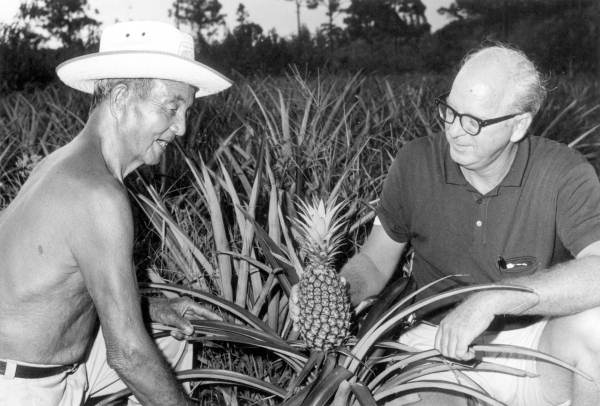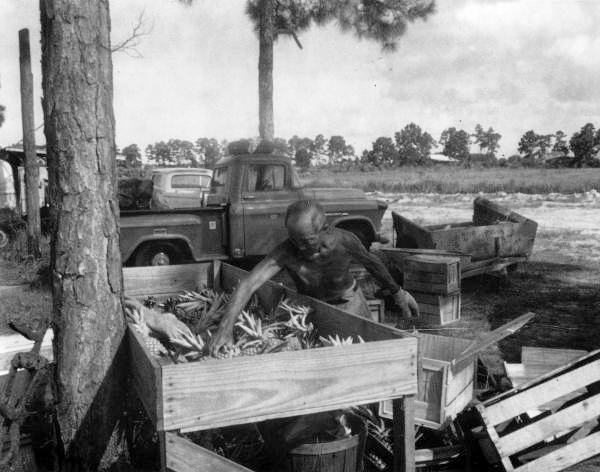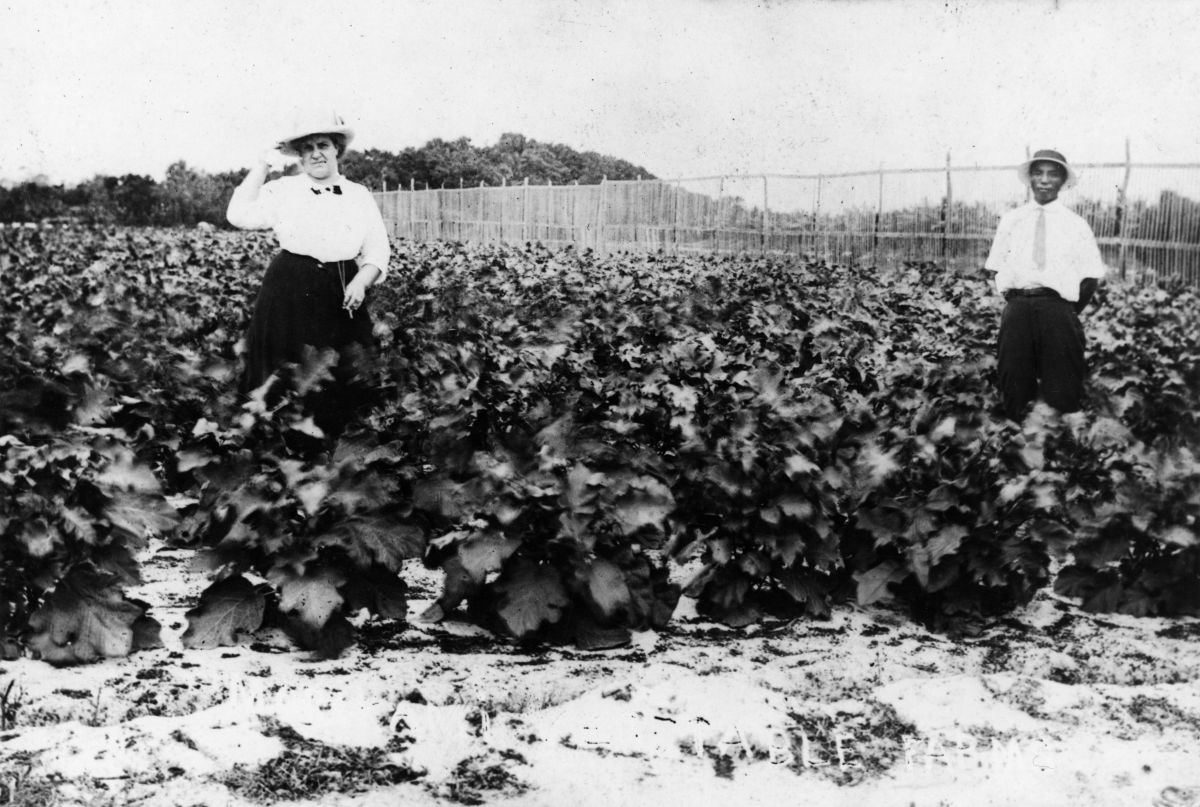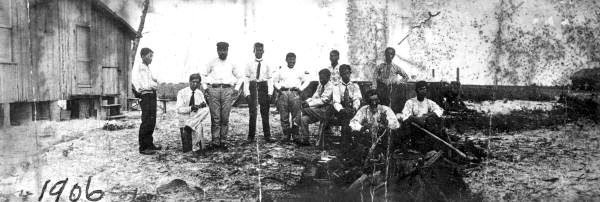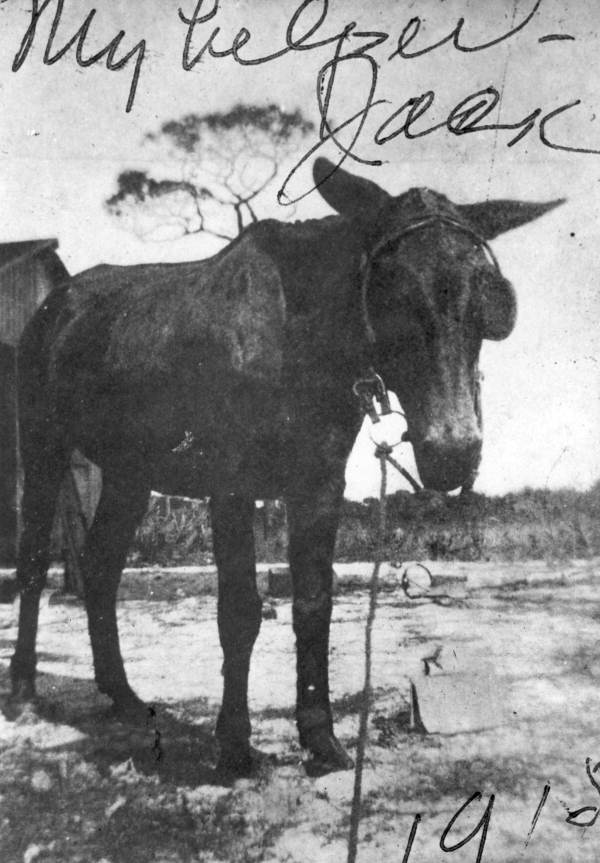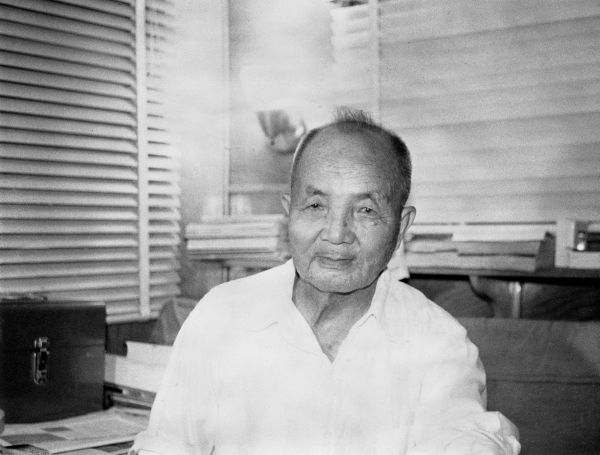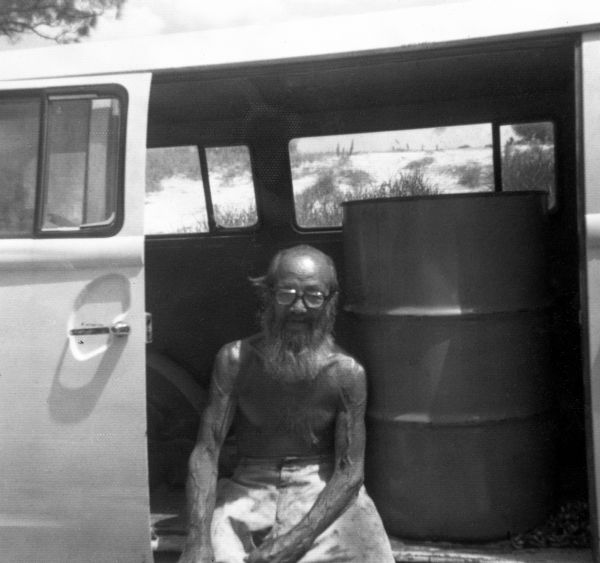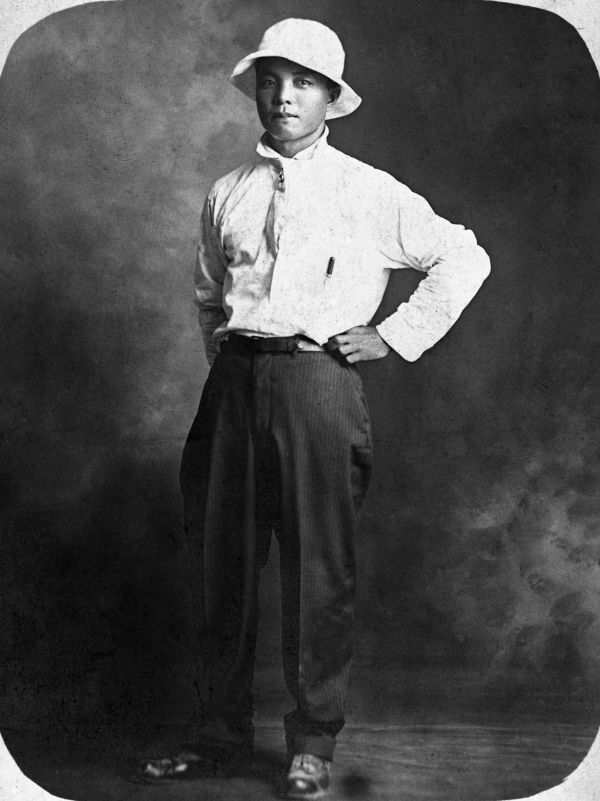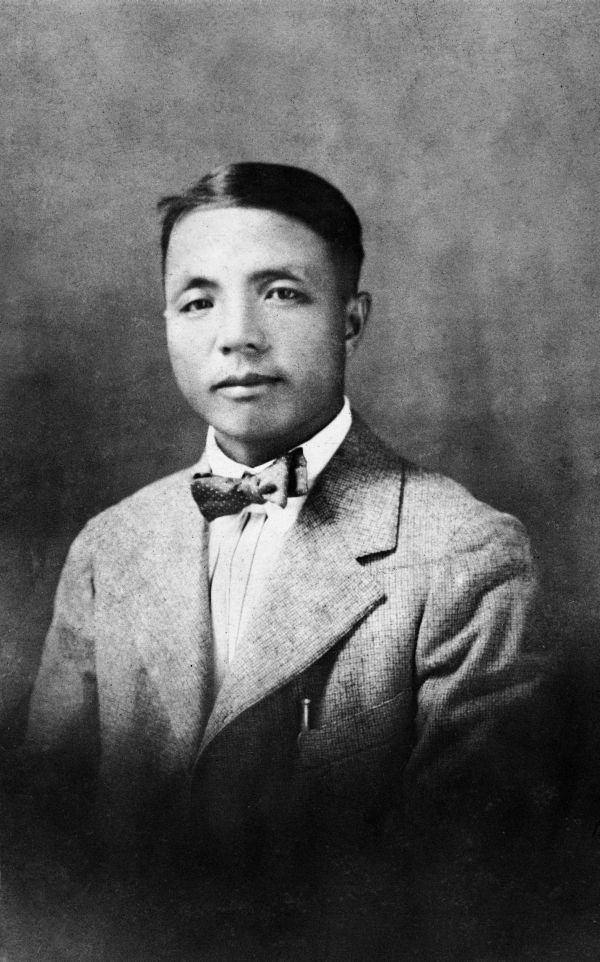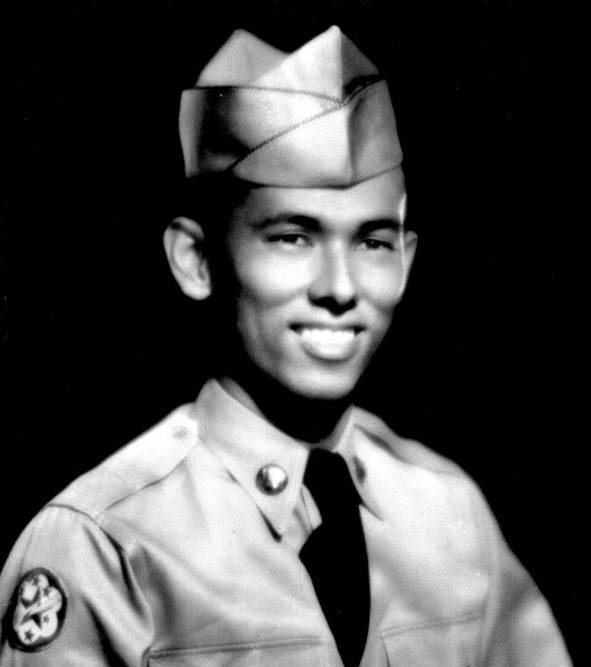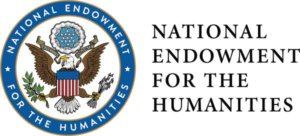b. 11/04/1886 (Kyoto, Japan) – 2/29/1976 (Delray Beach, FL) (Japanese Heritage)
“In the early 20th century, the Japanese village of Yamato Colony appeared in southern Florida. Morikami Sukeji
(George Morikami), who immigrated from Miyazu, Kyoto City as a farmer and pioneer, is the man who laid the foundation
for the Morikami Museum and Japanese Gardens, which is now located in Florida. He stayed on after the colony was
dissolved and disappeared before the war, and continued farming alone through the war. He ended up donating a huge
amount of land, leaving his name in the local area. He remained single throughout his life and never returned to Japan,
but he was more homesick than most and continued to write letters to Japan. He corresponded frequently with the
Okamoto family, including the wife and daughters of his late brother. Although he never met them, he treated them
like family and sent them information about the situation and his thoughts in the area. The letters he left behind
trace his life and lonely homesickness as a record of one generation” (Ryusuke Kawai).


